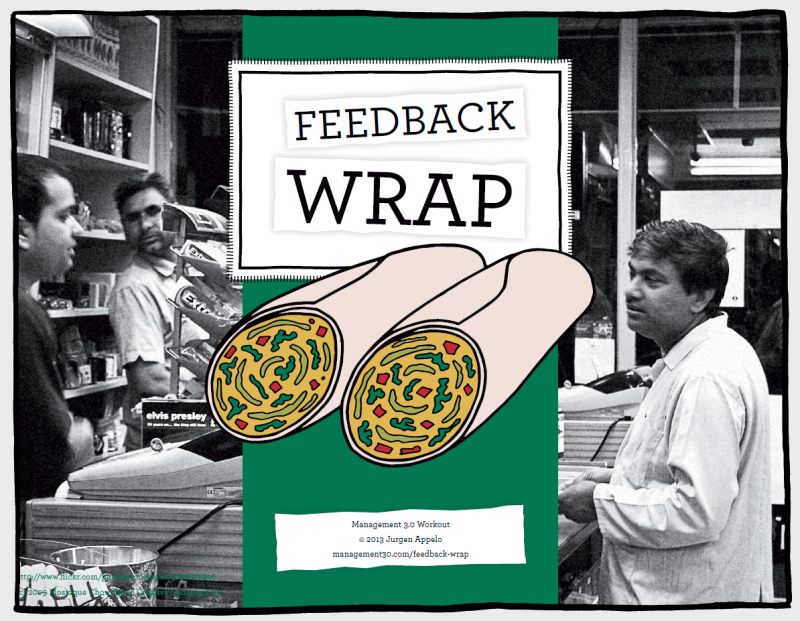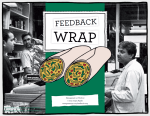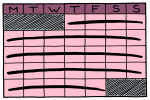In the situation of a manager and several team members we can identify four types…

Not Results-Only Work Environments but Trust-Only Work Environments
Results-only work environments? I prefer to talk about trust-only work environments. When there is trust first, there will be results later.
Trust people to get the work done.
Oh. Really?
Few topics are as widely misunderstood as trust. Everyone talks about it, but when I ask for a clarification, nobody can properly define it. They all claim employees have a right to be trusted, but few are willing to trust any co-worker to successfully perform an open-heart surgery, build a rocket, or win the Olympics.
Trust is a rather complex topic. The model of trust that I trust most lists ten factors that all contribute to the presence (or lack) of trust [Hurley, The Decision to Trust]:
- Risk Tolerance: some people are risk takers, others are cautious;
- Adjustment: some people are optimists, others are pessimists;
- Power: some people have authority, others suffer from it;
- Security: sometimes the stakes are high, sometimes they’re low;
- Similarities: some people feel similar to each other, others don’t;
- Interests: sometimes interests are aligned, sometimes they aren’t;
- Benevolent Concern: some are nice to us, others… not so much;
- Capability: some know what they’re doing, others… not really;
- Integrity: some people deliver on commitment, others… forget it;
- Communication: some can communicate well, while some… uhm.
Growing trust involves quite a bit more than “just relying on everyone to get the job done”. Not everyone knows how to do a certain job (Capability). This makes people uncomfortable with a limitless amount of freedom for themselves and for others (Risk Tolerance), which actually feeds their distrust of a results-only work environment, which worsens their collaboration (Communication), which further breaks down trust, which nudges authoritative managers to “take action” and call everyone back to the office (Power), which destroys another chunk of trust, which stops people from delivering on commitment (Integrity), which evaporates the last bit of trust people still had. And that’s just one possible emergent outcome of a laissez-faire approach to trust.
As an alternative, the spiral of trust could also move upward. By allowing those with a track record of delivering on commitment (Integrity) to work from home, you grow more trust in remote working, which reduces a manager’s urge to “take action” (Power), which generates more trust among everyone that they can indeed self-organize, which helps them to collaborate better (Communication), which creates yet more trust, which helps even the most risk-averse people (Risk Tolerance) to see the benefits of a results-only work environment. Until everyone has earned freedoms they never had before, and do work in ways they never thought possible (Capability).
Human organizations are complex systems. We can imagine many other vicious and virtuous cycles of trust, using any combination of the 10 trust factors. However, many authors believe that growing trust by focusing first on commitment (Integrity) is a good bet.
There is no better way to build cross-group trust and offset initial skepticism than to establish a strong track record of delivering on commitments.
– Robert F. Hurley, The Decision to Trust
Authoritative managers who communicate (intentional or not) that nobody in the office can be trusted to set their own time schedule, choose their own work place, and select their own vacation days merely add to the distrust that is already there in organization’s culture. You can wonder at the long-term effects of such a message on performance and retention, but many experts already know.
On the other hand, I agree that merely trusting everyone, no questions asked, and no strings attached, will often have the same results. Instead, you should start with the premise that trust (maybe not in your Interests, Similarities, or Benevolent Concerns, but in your Capabilities, Integrity, and Communication) needs to be established first before you can do whatever you want. A focus on results not only follows but also precedes unlimited freedoms. Apparently, a results-only work environment is a right that has to be earned.
Instead of focusing on results, I believe creative workers should first be focusing on trust. They should learn that trust is grown by delivering on commitment, communicating often and well, aligning interests, showing benevolent concern, etc. When trust is established first it is much easier to discuss and evaluate results later. Expecting trust to emerge automatically when just evaluating results is naïve and short-sighted. That’s why I prefer to talk about a trust-only work environment. When there is trust first, there will be results later. Create a trust-only work environment before a results-only work environment. Trust me.
 This text is part of the article Feedback Wrap, which is a chapter in the Management Workout book. It is also the last chapter that will be available publicly. Do you want to receive the last few chapters for free? Subscribe to the mailing list!
This text is part of the article Feedback Wrap, which is a chapter in the Management Workout book. It is also the last chapter that will be available publicly. Do you want to receive the last few chapters for free? Subscribe to the mailing list!





